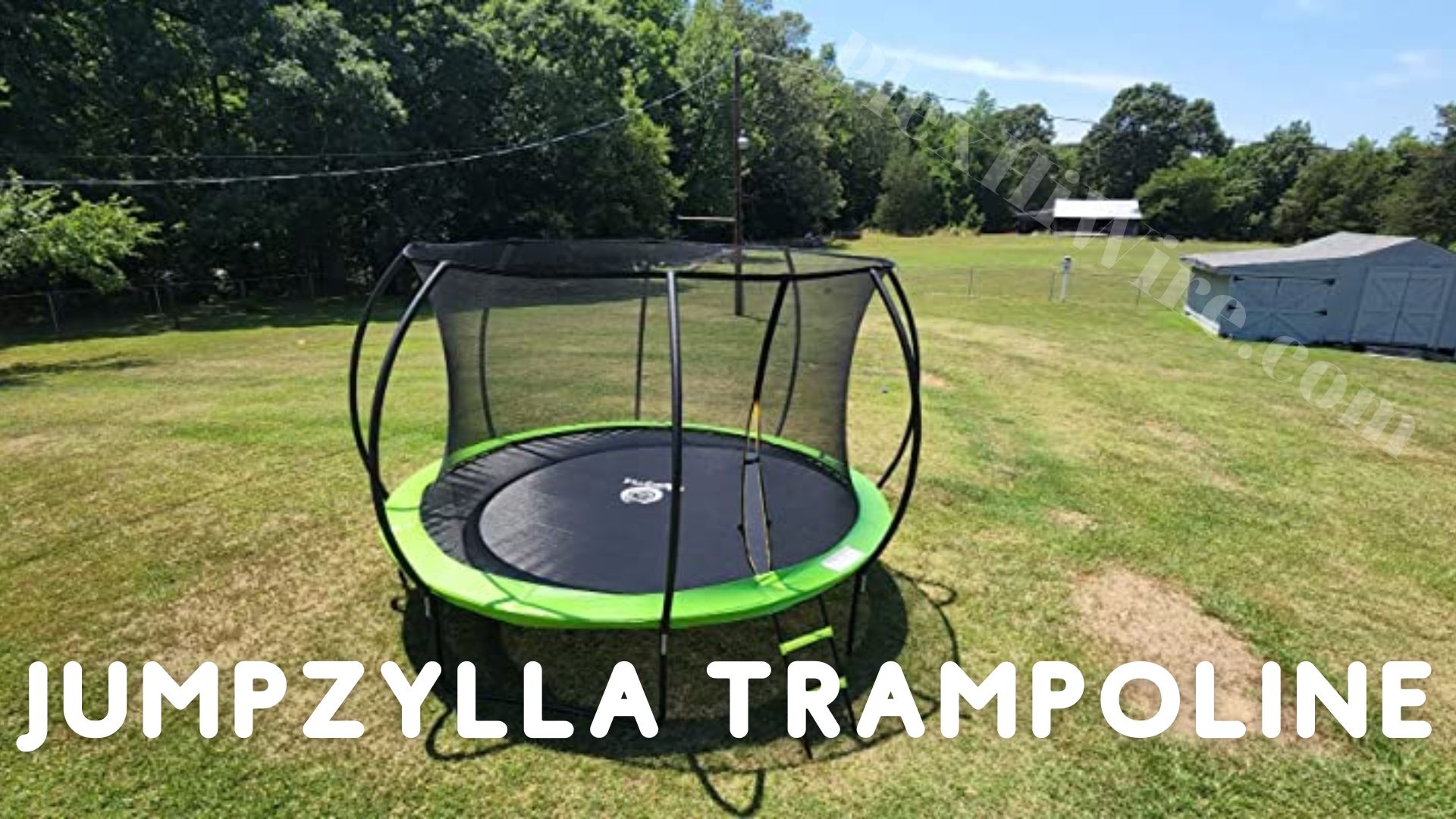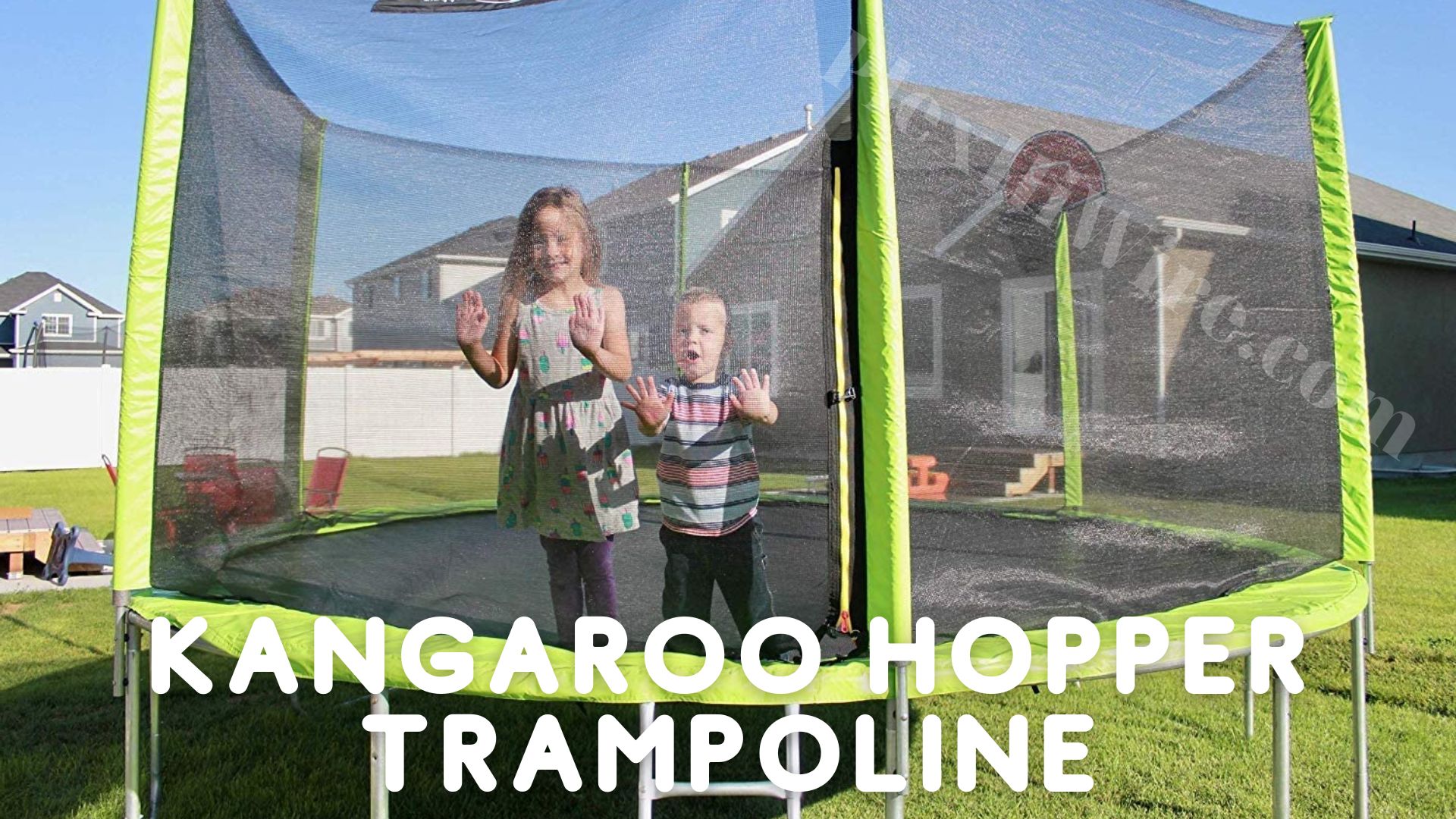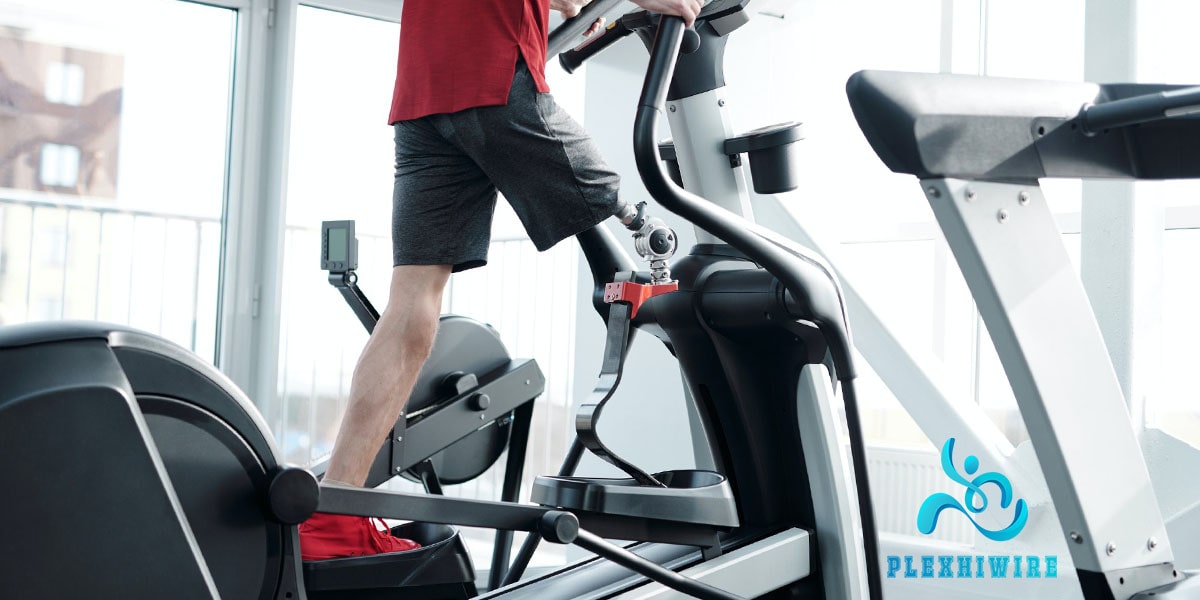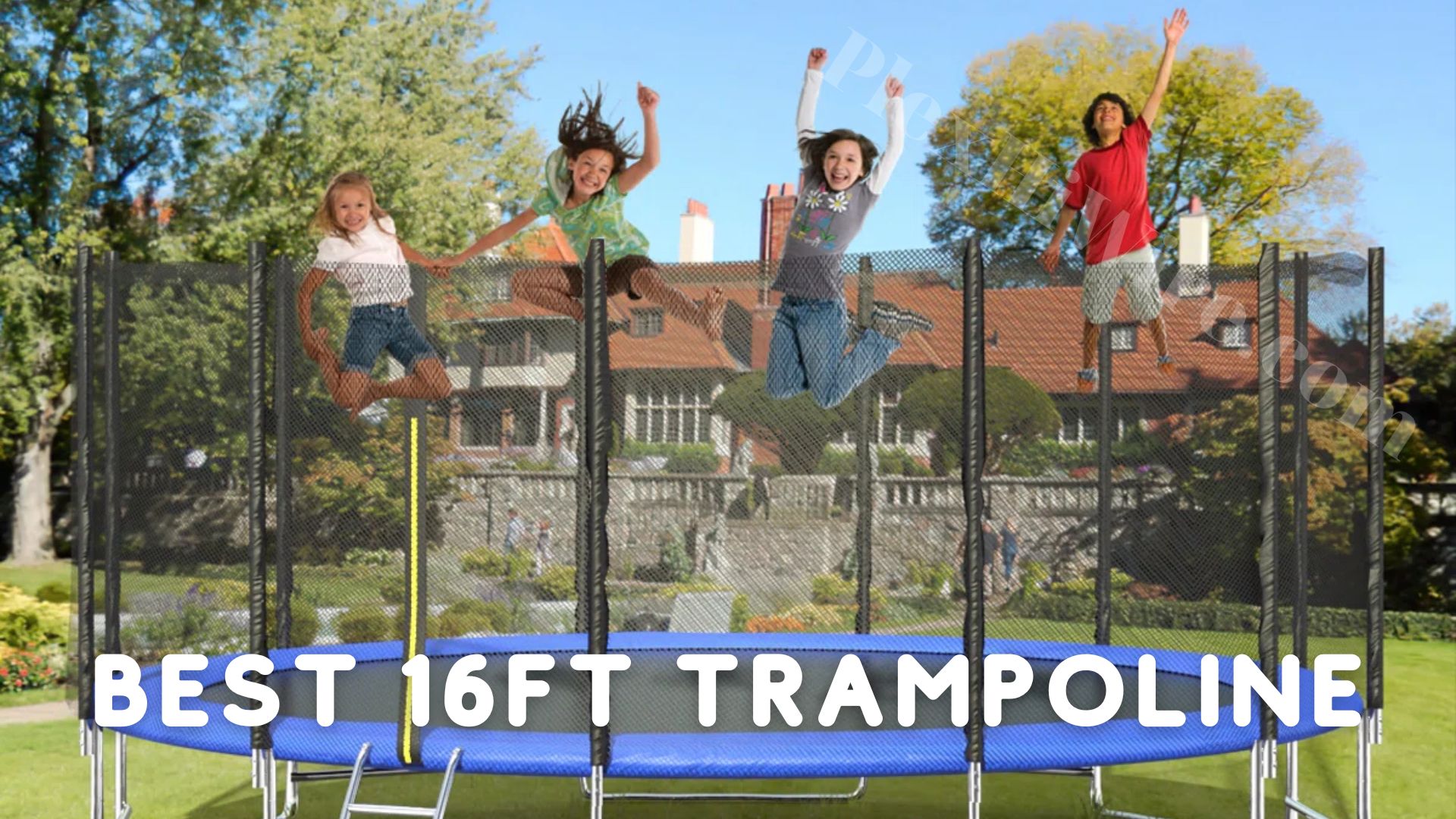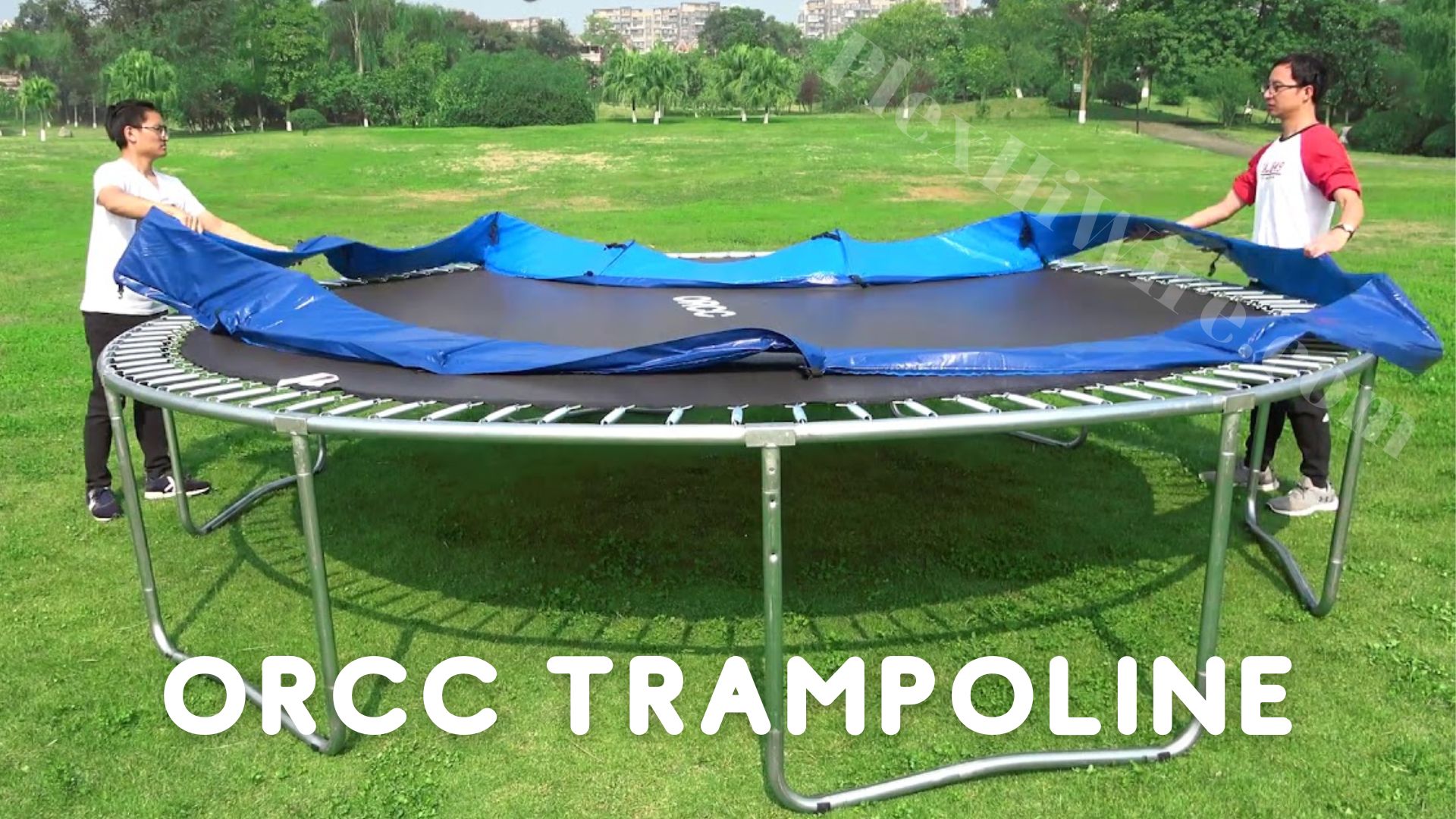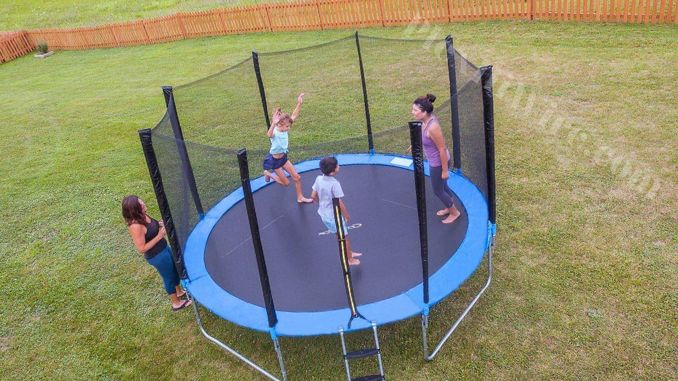In Ground Trampoline Installation
A new trend in backyard design and play equipment is installing the trampoline below ground. An In ground Trampling can be aesthetically pleasing and seem safer than typical installations, even though it isn’t! One top customer question asked about this type of installation is, “Isn’t getting an in ground trampler going to make my yard look better?” Unfortunately, the short answer is no. But it’s worth it; your kids will love having their own trampoline in the backyard.
Installing an in-ground trampoline is a big job! It’s not something you will be able to do yourself in just a few hours. So if you’re thinking of installing one, you need to make sure that you have the time and resources to do it properly. That means hiring a professional installation team. They’ll have the experience and expertise necessary to complete the job quickly and safely.
As you know, installing an in ground trampoline may seem like a daunting task, but with the right instructions, it can be a breeze. If you don’t have enough funds to hire a professional installation team and you don’t know what to do. Do not worry. This blog post will walk you through the installation process step-by-step so that you can feel confident in your ability to install your own trampoline. Read on to learn more!
See more: 15 Negative Side Effects of Rebounding: Is It Really Bad?
- What is an In Ground Trampoline, and How Does It Work?
- Some Important Notes When Installing in Ground Trampoline
- How to Install an In Ground Trampoline
- Maintenance Tips for Your In Ground Trampoline
- What are The Benefits of an In Ground Trampoline?
- What are Some of The Disadvantages of In-Ground Trampolines?
- Can I Install a Normal Trampoline in The Ground?
- How Much Does It Cost to Install an In Ground Trampoline?
- How Deep Does The Hole Need to be for an in Ground Trampoline?
- Is a Net Required for In Ground Trampoline Installation?
- How Do I Choose an In-Ground Trampoline?
- How Do I Care for an In-Ground Trampoline?
- Frequently Asked Questions
- What are Your Thoughts on In Ground Trampoline?
- Conclusion
What is an In Ground Trampoline, and How Does It Work?
An in-ground trampoline is a trampoline that is set into the ground rather than being mounted on top of a frame. They are often used in commercial settings, such as amusement parks or trampoline parks, but can also be found in private homes. On the ground, trampolines work by using a series of springs to provide tension and resistance. When a person jumps on the trampoline, the springs compress and then release, giving the jumper a “bounce.” The bounce height will depend on how much tension is in the springs, as well as the jumper’s weight.
This type of trampoline has several advantages over a traditional above-ground trampoline:
- It is much less likely to tip over or be moved by strong winds.
- It is less visible from a distance, making it a good option for those who want to keep their trampoline out of sight.
- It can be installed in areas where an above-ground trampoline would not be possible, such as on uneven ground or near trees.
In general, inground trampolines are more durable and safer than traditional trampolines, which is why they are often preferred for commercial use.
In order to install an in-ground trampoline, you will need to dig a hole that is large enough to accommodate the trampoline frame. Then, you will need to secure the trampoline frame in place using concrete or other heavy-duty anchors. Once the frame is secure, you can then add the trampoline mat and springs.
Some Important Notes When Installing in Ground Trampoline
Before you do this, I want you to keep in mind a few important things that can be a decisive factor in how you install them. Please pay close attention!!!
Find The Ideal Location
In order to get the most out of your backyard, you must find an area free from obstacles like trees and buildings. Tree roots can cause major problems when they grow too far down into cracks in concrete or pavers leading up towards surface soil; this problem becomes even worse if there are also power lines nearby!
It is important to find the right location for your garden, one that will allow you enough space and peace. A good place should be away from obstacles such as trees or buildings, so they do not shadow it during parts of day-time hours; also make sure there aren’t any hard surfaces nearby like patios with lush green grass on top which might disrupt their view into what could potentially become an unpleasant surprise! A good place should be away from obstacles, and this will allow you to place it in a more open space without being limited by other factors.
Check Your Soil
If you have clay soil, be sure to consider water collecting in your trampoline’s pit. This can lead to drainage problems and increased risk for cracks and other durability issues over time since the ground is more likely wetter than dry. I’ll go into more detail below about what causes issues in different types of soils but let me say upfront: You can still enjoy all those fun.
Check The Dimensions
Measuring the dimensions of your available space before getting a trampoline is important. Make sure you don’t get one that’s too big because it will take up more than its worth in terms of the flooring or other items around them like furniture! A 12 ft wide by 6-7 feet long mat will easily fit in most spaces, but if that’s not an option, then just get one as close measurements-wise possible and prioritize comfort over anything else!
Check The Required Depth
This is a great way for kids to get some fresh air and have fun at the same time. However, make sure that you know what kind of pit your trampoline requires before getting started! Some may require that you dig deeper than others!
Soil Disposal
You’ll need a suitable location to dispose of all the soil you dig out. Many may not realize just how much gooey stuff comes from one hole in your backyard, so think about where this might happen before deciding on anything!
A small skip would be suitable for most people’s needs, but some may want something larger. It will depend largely upon how much dirt gets thrown away at your property every day – so plan wisely before making an expensive purchase decision that could turn into regret later down the road.
Read Reviews
It’s important to read reviews of the trampoline before you buy it. Some cheaper brands don’t provide as good bounce or installation ease, so make sure that these are features on your checklist!
Consider The Cost
The cost of a trampoline can vary depending on where you purchase it. For example, in-ground models tend to be more expensive than their outdoor counterparts, but this is not always the case as additional features such as enclosure netting or padding around frame parts may also come with additional features that increase protection for users when they fall onto these areas during accidents.
Estimated Completion Time
In order to install a trampoline, it takes about 4-5 days if done by hand. However, it’s not impossible with just spades and wheelbarrows, so you might want an excavator for faster work speed since they can remove dirt much quicker than people with shovels or trucks could do so!
How to Install an In Ground Trampoline
We all want to get our kids outside and active, but sometimes life makes it difficult. Luckily with this guide on the installation of an in-ground trampoline, you can create a safe space for them that will give both parents peace while they are having fun!
A 12′ Rebo model was purchased by my family today, so I’m going over how easy these steps were before jumping right into explaining what exactly occurs during digging out dirt which could take up most days’ worth of time depending upon weather conditions, etc.
Mark out The Area
The next step of in ground trampoline is to measure your yard and mark off an area. We used a stake, string, and spray paint for this project because we wanted our own design. Next, cut the measuring tape into pieces that will fit perfectly onto each side (6 feet). Once you have created these shapes, use them as guidelines when painting over everything else in order to make sure there aren’t any mistakes before finalizing all work by putting down some more sealant if needed.
Remove The Turf
The next in removing old, dead turf is to get an even surface. We then removed the top layer using a spade and shovel; this was saved for another section of the garden so as not to damage any other parts or passages there too heavily with our removal efforts! Simply push your blade into the soil until about 3-4 cm deep before angling down at 20 degrees (or less) along each edge. Make sure you leave some space between plants where they will grow again once the new ground has been prepared properly next season.
Mark out The Sections
After following the instruction manual again, you should find that there is a ledge all around on which your trampoline frame will sit. The instructions will tell you to mark out a place for your trampoline on the lawn with string and spray paint. Make sure there’s enough space around it so that children can get plenty of jumping practice without bumping into anything!
This diagram shows how to adjust the height on a Rebo inground trampoline so that it’s safe and secure for all users. Please refer back here if you’re unsure about what adjustments may be needed based on your specific model type!
The Big Dig
Digging a hole is hard work! It’s even harder when you have to do it by hand with just your shovel. As I mentioned, we dug by hand using shovels and a wheelbarrow; the two of us dug in the hole while one person cleared away excess dirt from above. It was hard work, but we did it!
To avoid any potential problems with waterlogging near houses or other structures, we decided to pile up some more on one side and use that area for planting something else later down the road!
Levelling The Trampoline
Our team was able to level the trampoline quickly and easily using the tools I made. We used a spirit level and jig to make sure the trampoline was even. Leveling the trampoline was a breeze with our little wooden jig and spirit level. It made measuring depth quick, easy, and accurate – perfect for making sure that every side of your backyard is fun!
But we did have some success! We were able to successfully reach the water table in our garden. And even though it seemed like there was nothing we could do about this, after trying all different kinds of techniques and failing miserably every time – just one small change would pull out those stubborn weeds for us.
Building The Trampoline Frame
We had a great time building our trampoline, and we were able to do it together. The instructions weren’t easy, but with some patience, you will find that these projects are pretty simple!
After lifting the trampoline frame into our pit, we found that it had an extra thick plastic sheeting all around. The frame of it is made out of plastic with big thick layers at each end that go all around for maximum protection against impact from falls or other objects, so it’s not advised to use a normal trampoline as an in-ground trampoline.
The kids were all set to jump on the trampoline! First, we had to backfill the trampoline edges and put down some grass seed, but now they’re ready for action.
Finishing Things off
The trampoline is finally finished! We let the grass grow back around its edges and added some soil to help it settle in. Unfortunately, that’s all there was for us this time, but we know that when things start growing again next spring, you’ll have another project on your hands with how often people jump on these things.
Lawn mowing can be tricky around a trampoline if you are not careful. I’ve accidentally clipped the soft edges several times now, and it cuts easily without protection, so make sure to use scissors or an electric strimmer carefully on these areas as well instead of just removing padding altogether as some people do for ease-of-mind sake. I would also recommend removing all protective padding from inside your lawn since this will make things easier for you!
Maintenance Tips for Your In Ground Trampoline
An in ground trampoline is a great addition to any backyard, providing hours of fun for kids and adults alike. However, like any other piece of outdoor equipment, an in ground trampoline requires some basic maintenance in order to keep it in good condition. Here are a few tips to help you keep your trampoline in top shape:
- Make sure the trampoline is level. An unlevel trampoline can be dangerous and cause premature wear and tear. Use a spirit level to check the trampoline before each use, and adjust the legs as needed.
- Inspect the trampoline regularly for signs of wear and tear. Check the mat, springs, and frame for any rips, holes, or rust. If you find any damage, replace the affected parts immediately.
- Keep the trampoline clean. Remove debris such as leaves and sticks from the mat after each use. Hose down the trampoline monthly to remove dirt and grime build-up.
By following these simple tips, you can help ensure that you’re in ground trampoline will provide years of enjoyment.
See more: What Size Trampoline? Tips and Tricks to Choose Effectively
What are The Benefits of an In Ground Trampoline?
An in ground trampoline has several benefits over a traditional above ground trampoline:
- It is much less likely to tip over, making it safer for young children to use.
- Because it is set into the ground, it takes up less space in your yard.
- The lower height makes it easier for small children to get on and off the trampoline.
- Strong winds or heavy rains make an in-ground trampoline less likely to be damaged.
And yet, trampolines are a great way to get exercise and have fun at the same time. They provide a low-impact surface that is ideal for jumping and safe for all ages. In addition, trampolines can be used indoors or outdoors. That means you can enjoy them even when the weather is bad. Trampolines are also relatively inexpensive, making them a great choice for budget-conscious consumers. They also offer a more stable bounce, which can be particularly beneficial for young children or beginners. In addition, in ground trampolines are less visible from the street, making them a more attractive option for homeowners who want to avoid an eyesore in their yard.
Best of all, trampolines are easy to install and require very little maintenance. So a trampoline is a great option if you’re looking for a fun, affordable way to get active and on the ground. As you can see, an in ground trampoline has many advantages over its above ground counterpart. For all these reasons, in ground trampolines offer a number of advantages over traditional above-ground trampolines.
What are Some of The Disadvantages of In-Ground Trampolines?
While in-ground trampolines offer many benefits, there are also some potential disadvantages to consider. One of the biggest concerns is safety. Because they are set lower than the ground, in-ground trampolines can be more dangerous than traditional above-ground trampolines. They are also more likely to be affected by weather and debris, which can lead to damage or injury. In addition, in-ground trampolines can be more expensive than above-ground trampolines and may require professional installation.
In addition, in-ground trampolines have a few disadvantages when compared to traditional above-ground trampolines:
- They can be more expensive to purchase and install.
- They require more maintenance, as the springs will need to be regularly checked and replaced.
- In-ground trampolines can be more difficult to disassemble and move if you need to relocate.
- Because they are set in the ground, in-ground trampolines are not as portable as above-ground trampolines.
As a result, it is important to weigh the pros and cons before making a decision.
Can I Install a Normal Trampoline in The Ground?
Installing a trampoline into your yard might bring up some concerns, but if you take the time to consider these issues seriously, then I’m sure they will not stand in your way.
- Ground trampolines are a great way to have fun and stay active during winter. In addition, they offer more stability than traditional spring or backyard models because their frame spreads over an entire surface area that is bigger than six small legs and would be able to cover properly in sandy soil conditions!
- A normal trampoline doesn’t have a retaining wall, but the one that appears on an in ground model is designed to prevent soil from higher edges breaking and falling into your pit. The edges of a normal trampoline will eventually wear down and crumble, which may damage the surface by jumping on it. As this continues over time, there is a risk that feet or hands could get caught in any open gaps around your yard!
How Much Does It Cost to Install an In Ground Trampoline?
The cost of installing an in-ground trampoline will vary depending on a number of factors, including the size and type of trampoline, the installation location, and any necessary excavation and concrete work. For example, a small trampoline for a child’s play area might cost around $100 to install, while a larger trampoline for a family recreation area could cost up to $1,000. In addition, the installation cost will vary depending on the job’s difficulty and the installer’s experience. As a result, it is difficult to give an estimate for the total cost of installing an in ground trampoline without knowing more specifics about your project.
The most important factor in determining the installation cost is the type of trampoline you select. If you choose a basic trampoline, the installation will be relatively straightforward and should not take more than a few hours. However, select a more complex trampoline with additional features, such as a safety net or springboard. The installation process will be more involved and could take several days to complete. You can expect to pay several thousand dollars for a high-quality in ground trampoline, which makes this option best suited for those who are willing to invest in their backyard fun. Therefore, when budgeting for an in-ground trampoline, it is important to factor in all of these potential costs. Ultimately, the best way to determine the installation cost for your trampoline is to consult with a qualified installer. They will be able to assess your specific needs and provide you with an accurate estimate.
How Deep Does The Hole Need to be for an in Ground Trampoline?
This is a common question that people ask when they are considering this type of trampoline for their backyard. The answer to this question depends on a few factors, including the type of trampoline you choose and the type of soil you have in your yard.
In general, you will want to dig a hole that is at least two feet deep for an in ground trampoline. If you choose a trampoline that is larger than that, you may need to dig a deeper hole. This is because you need to ensure that the trampoline is anchored securely in the ground. You also need to make sure that there is enough room for the trampoline to move around without hitting the sides of the hole.
The type of soil you have in your yard will also affect how deep you need to dig the hole. For example, if you have sandy soil, you will not need to dig as deep as you would if you had clay soil. The reason for this is that sand tends to drain better than clay does. This means that there is less chance of water pooling around the trampoline.
Is a Net Required for In Ground Trampoline Installation?
A trampoline can provide hours of fun for kids and adults alike. But before you can start bouncing, you need to install the trampoline. One key question that many people have is whether or not a trampoline net is required for in ground trampoline installation. The answer to this question depends on the type of trampoline you have. If you have a round trampoline, then a net is not required. However, if you have an oval or rectangular trampoline, then a net is recommended (and may even be required by some manufacturers). The reason for this is that nets help to keep users safe by preventing them from falling off the trampoline. In addition, nets can also help to extend the life of your trampoline by protecting it from UV damage and wind damage. So if you’re planning on installing an in ground trampoline, be sure to factor in the cost of a net.
How Do I Choose an In-Ground Trampoline?
When choosing an in-ground trampoline, you should keep a few things in mind. First, consider the size of the trampoline. In-ground trampolines come in a variety of sizes, from small “mini” trampolines to large “jumbo” trampolines. Second, think about the type of spring system you want. In-ground trampolines can have either a “coil” spring system or a “band” spring system. Coil spring systems are typically more expensive, but they offer a smoother bounce. Band spring systems are less expensive, but they tend to be louder and provide a less consistent bounce. Third, consider the safety features you want. In-ground trampolines can come with safety nets, which can help prevent injuries if someone falls off the trampoline. Finally, decide how much you are willing to spend on an in-ground trampoline. In-ground trampolines range in price from around $500 to $5000, depending on the size and features.
How Do I Care for an In-Ground Trampoline?
Caring for an in-ground trampoline is similar to caring for a traditional above-ground trampoline:
- You will need to regularly check the springs and replace them if they are damaged or worn out.
- You should inspect the frame and mat for any tears or rips.
- You should clean the frame and mat with soap and water on a regular basis.
- You should always have at least one person supervising when the trampoline is in use.
By following these simple tips, you can keep your in-ground trampoline in good condition for years to come!
Frequently Asked Questions
How Much Does an in-ground Trampoline Cost?
In-ground trampolines typically range in price from around $500 to $5000, depending on the size and features.
What Do You Do With an In Ground Trampoline in The Winter?
If you live in an area with cold winters, you’ll need to take some special steps to winterize your in-ground trampoline. First, you’ll need to remove the mat and springs from the frame. Next, you’ll need to clean the frame and mat thoroughly. Finally, you should store the frame and mat in a dry, protected place until spring. By taking these steps, you can help ensure that your in-ground trampoline will be in good condition when spring arrives!
What are Your Thoughts on In Ground Trampoline?
I think they’re amazing! Not only are they great for exercise, but they’re also a lot of fun. I remember when I was a kid, I used to love bouncing on my neighbor’s trampoline. It was so much fun! And now that I’m an adult, I still enjoy bouncing on trampolines. In fact, I even have one in my backyard. It’s great for getting some exercise and spending time with my family. So if you’re thinking about getting a trampoline, I say go for it! You won’t regret it.
Conclusion
Installing a trampoline in your backyard is a great way to get some exercise and have fun. Not only are they a lot of fun, but they are also good for your health. In addition, installing an in-ground trampoline is a huge investment, but it will provide hours of enjoyment for your family and friends for years to come. Trampolines provide a great workout, and they can help improve your balance and coordination. If you are thinking about installing a trampoline in your backyard, be sure to follow these tips to ensure that the installation goes smoothly.
So, are you looking for an in-ground trampoline? We’ve got some great reviews on what they’re like and whether or not this is the right choice for your equipment. We hope this article has helped you decide whether an in ground trampoline is right for your family! But don’t just take our word for it! You can also comment below with anything you know about self-installation about installing one yourself so others can learn too. In addition, if you have any questions, you can also comment below; PlexHiWire will answer you as soon as possible. Thank you for reading.



